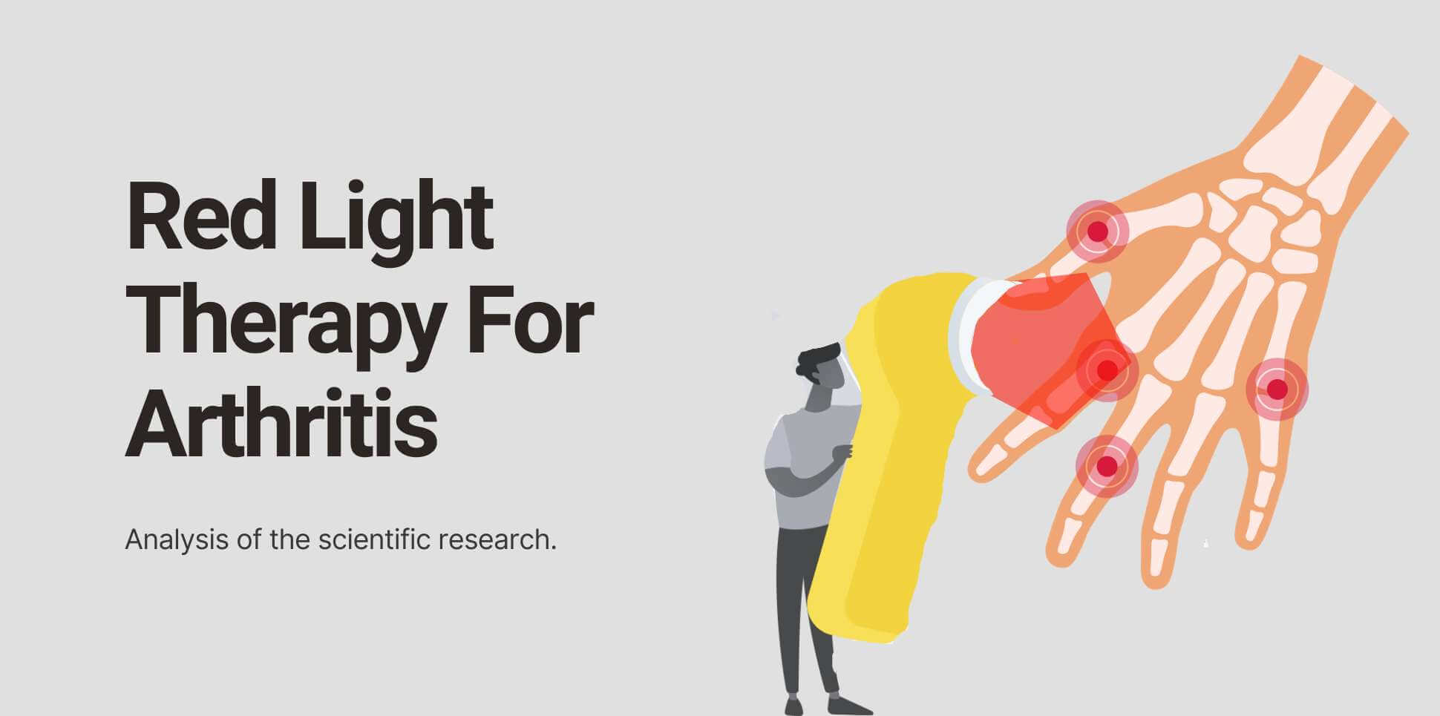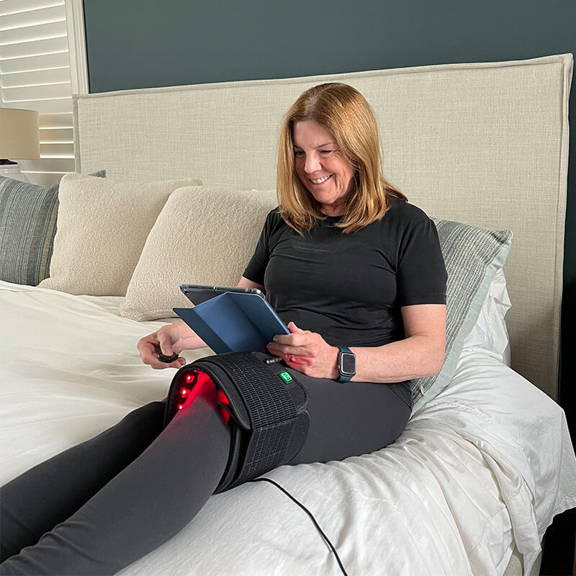[1] DE Oliveira MF, Johnson DS, Demchak T, Tomazoni SS, Leal-Junior EC. Low-intensity LASER and LED (photobiomodulation therapy) for pain control of the most common musculoskeletal conditions. Eur J Phys Rehabil Med. 2022 Apr;58(2):282-289. doi: 10.23736/S1973-9087.21.07236-1. Epub 2021 Dec 16. PMID: 34913330; PMCID: PMC9980499.
[2] Hamblin MR. Can osteoarthritis be treated with light? Arthritis Res Ther. 2013 Oct 29;15(5):120. doi: 10.1186/ar4354. PMID: 24286607; PMCID: PMC3978432.
[3] Podogrodzki J, Lebiedowski M, Szalecki M, Kępa I, Syczewska M, Jóźwiak S. Wpływ niskoenergetycznej laseroterapiina skorny przepływ krwi [Impact of low level laser therapy on skin blood flow]. Dev Period Med. 2016 Jan-Mar;20(1):40-6. Polish. PMID: 27416624.
[4] Lemos GA, Batista AUD, da Silva PLP, Araújo DN, Sarmento WEA, Palomari ET. Photobiostimulation activity of different low-level laser dosage on masticatory muscles and temporomandibular joint in an induced arthritis rat model. Lasers Med Sci. 2020 Jul;35(5):1129-1139. doi: 10.1007/s10103-019-02933-y. Epub 2019 Dec 13. PMID: 31834562.
[5] S GN, Kamal W, George J, Manssor E. Radiological and biochemical effects (CTX-II, MMP-3, 8, and 13) of low-level laser therapy (LLLT) in chronic osteoarthritis in Al-Kharj, Saudi Arabia. Lasers Med Sci. 2017 Feb;32(2):297-303. doi: 10.1007/s10103-016-2114-5. Epub 2016 Dec 3. PMID: 27913970.
[6] Ivandic T. Low-Level Laser Therapy. Dtsch Arztebl Int. 2021 Feb 5;118(5):69. doi: 10.3238/arztebl.m2021.0034. PMID: 33785126; PMCID: PMC8188418.









